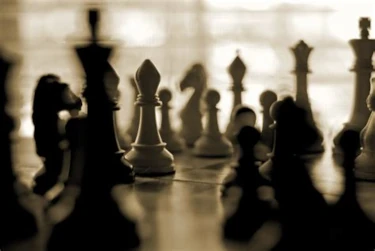
Guioco Piano is Italian for quiet game
The Guioco Piano, also known as the Italian Game, is a chess opening that begins with the moves e4 e5, Nf3 Nc6, Bc4. The name “Guioco Piano” is Italian for “quiet game,” reflecting the peaceful and harmonious development of the pieces that characterizes this opening.
The idea behind the Guioco Piano is to control the center with pawns and develop the pieces in a harmonious and efficient manner. The move Bc4 aims to control the d5 square and build a strong pawn center, while also developing the light-squared bishop to a good square. Black, on the other hand, aims to develop their pieces and counterattack on the queenside.
Two Knights Variation
One of the most popular variations of the Guioco Piano is the Two Knights Variation, which begins with the moves e4 e5, Nf3 Nc6, Bc4 Nf6. This variation aims to build a strong pawn center and control the d5 square, while also developing the knights and bishops to open lines for the rooks.
Ruy Lopez Variation
Another popular variation is the Ruy Lopez Variation, which begins with the moves e4 e5, Nf3 Nc6, Bb5. This variation aims to control the center with pawns and build a strong pawn structure, while also developing the dark-squared bishop to a good square.
Paul Morphy versus Duke Karl
One example of a game that showcases the Guioco Piano is the famous game between Paul Morphy and Duke Karl of Brunswick and Count Isouard in 1858. Morphy, playing as White, employed the Guioco Piano and was able to control the center and develop his pieces efficiently. He was able to put pressure on the black king and eventually force a resignation.
Garry Kasparov versus Veselin Topalov
Another example is the game between Garry Kasparov and Veselin Topalov in 1999. Kasparov, playing as White, employed the Guioco Piano and was able to control the center and develop his pieces efficiently. He was able to put pressure on the black king and eventually won the game.